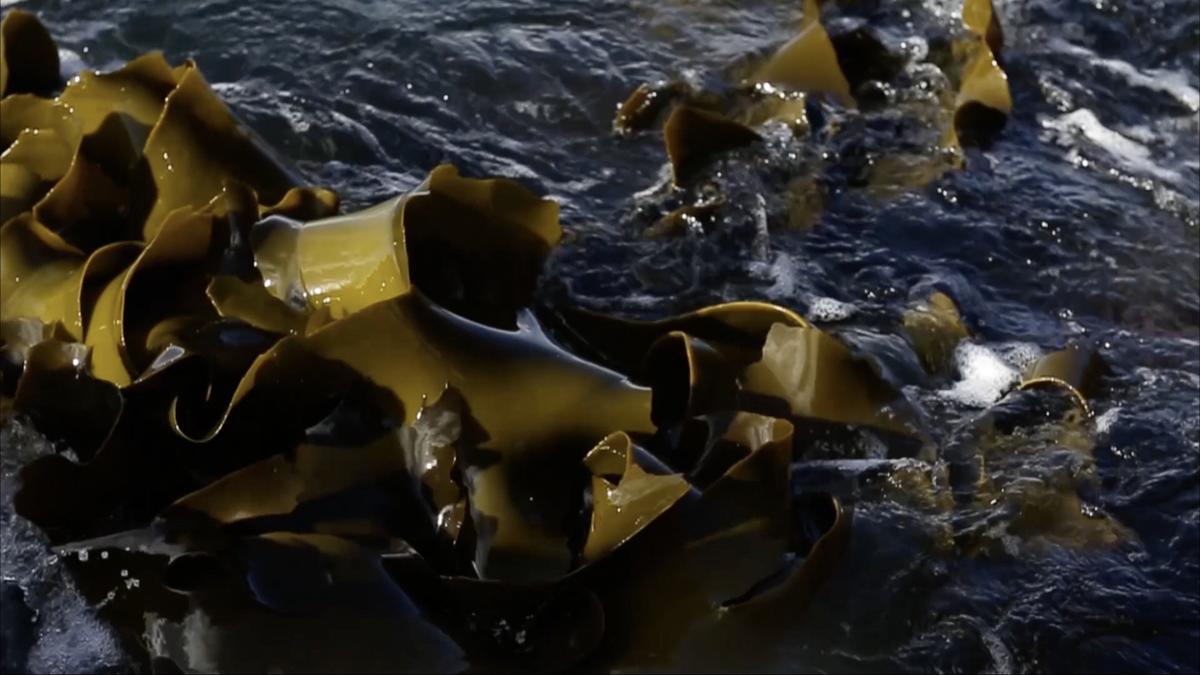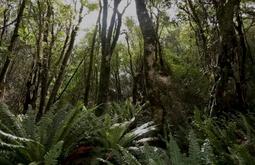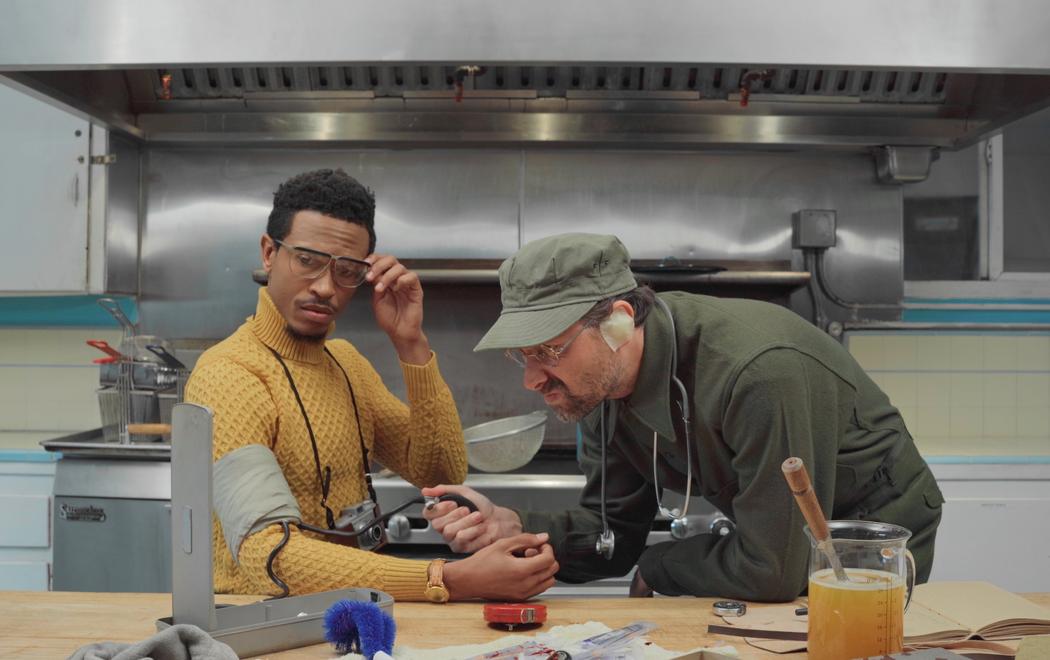Hihi Aho is a three-part podcast series hosted by Emma Hislop (Kāi Tahu). Hihi Aho (ray of light) unfolds from Rematriation, a screening programme of six moving image works which explore the legacy of wāhine Māori knowledge and its resonance in the present day.
In this kōrero, Emma talks to artist Sandy Wakefield (Ngapuhi, Ngāi Tahu). Emma and Sandy discuss the making of Sandy's film Nakunaku (2020)—a "wairua journey" to Rakiura supported by local iwi wāhine—which is included in Rematriation. Sandy also discusses her earlier works, which appropriated Disney and B-movie footage to tell Māori stories.
List of topics
00:00: Pepeha / Introduction from Emma and Sandy
03:00: Sandy says the sound of the film's title Nakunaku evoked her yearning to reconnect with her Ngāi Tahu whakapapa ... "and Rakiura."
05:00: "I wanted to be very Māori with my process … so our first port of call was Te Rau Aroha Marae on the Bluff." Sandy describes the generosity of a local kaumātua in sharing local histories with her.
07:48: The story of colonisation and the history of wāhine Māori in these areas. "I went looking for those people in Rakiura that came from that heritage."
11:00: On the changing sense of geography surrounding Rakiura. Sandy says, "In the 1800s, it wasn’t remote … it was the centre of the universe for our tupuna kuia." She describes the weather conditions and the accessibility of the landscape during production: "If I'd wanted to walk it would have taken about 9 days."
12:32: Sandy describes the process of whakawhanaungatanga with the speakers, not wanting to put a camera in their face, and likewise the women’s preference not to centre their names, families or face, yet their candid storytelling.
15:07: Sandy on point of view in Nakunaku: "the visual is me being in those spaces and the story is theirs…"
17:19: Sandy describes one of the tupuna kuia visiting one of the women during the shoot.
18:54: Sandy talks about meeting local kaumātua Phillip Smith, looking at maps, going to places, turning the camera on, and becoming filled with "heartbreaking stories of racism, sickness assimilation." "The soundtrack is my tangi … yes, there was empowerment … to experience those histories and stories… but it was actually a little bit mamae (painful)."
22:25: Emma asks about the tension in the soundtrack. Sandy: "[Nakunaku] was a wairua journey, acknowledging our dead, in every place that I went." She discusses the "literally treacherous" weather, and early waka migration to Aotearoa.
25:40: On keeping oneself safe in spaces where colonial histories are present. "Being around water is very important … especially if as an artist we’re grieving through making and practising." "Being overwhelmed is actually ok … that's part of it … maybe that's what came through when I started those soundtracks."
29:00: Sandy talks about influence of 1960s electronic artist Delia Derbyshire on the soundtrack.
31:00: Emma asks, "What are the challenges of making work abut a whenua when you’re not based there?” Sandy describes her family not having lived on Kāi Tahu whenua for generations, yet ringing up a marae in Bluff and being able to speak with a kuia—"Whanaungatanga is this gift we have as Māori to connect and to relate."
33:50: Emma asks about an interview in which Sandy discussed working on a film production where " wairua and aroha [were] not there," or in situations where there may be good intentions but still appropriation of "our cultural values."
38:00: Sandy talks about other films shot between 2019 and 2020, which reuse found footage from Disney and elsewhere. Sandy describes seeing Pākeha appropriate Māori heritage and wondering, "How hard or how easy is it to appropriate from the other side? Can I see myself in other people's footage?" Sandy discusses her disappointment at lack of pushback. She also describes the impact of "being a broke student" and wondering "what can I get my hands on?"
42:00: Sandy discusses current projects, and her interest in indigenous futurism: "I'm exploring this idea of what will Waitangi Day look like in the year 3000." She talks about her positive experience working with AI: "How are we going to whakawhanaungatanga with AI?"



